When I went on my first day of sightseeing in San Antonio, Texas, I learned that the Alamo is just one of five missions on the San Antonio Mission Trail. The five missions, as a group, were designated a UNESCO World Heritage site in 2015. They are the largest collection of Spanish colonial architecture in the world. If you’ve visited the San Antonio Mission Trail or missions anywhere, tell me about your experience in the comments below.
For my three nights in San Antonio, I stayed at Braunig Lake RV Resort in Elmendorf. This park is really conveniently located, just 10 minutes from local shopping and only about 30 minutes from downtown San Antonio, yet it has a rural feel. I will likely stay here again when I return to the San Antonio area.
A New People and Culture
I grew up in southern California where there are also Spanish missions. I visited several, including California’s San Juan Capistrano mission (where the swallows return every year). What I don’t remember learning about, and, for me, the most fascinating part of the story of the San Antonio Mission Trail missions, is how an indigenous people forfeited their culture in exchange for protection.
The Spanish crown, in partnership with the Catholic Church, established the missions in the 1700s as it expanded its empire in the New World. The local native Indians were struggling against disease and raiding Apaches which drew them to the relative safety of the missions. The blending of Spanish and American Indian traditions and lifestyles at the missions created a new people and culture.
The blending of Spanish and American Indian traditions and lifestyles at the missions created a new people and culture. #travel #ustravel #sanantonio Share on X
The goal of the mission friars was to convert these hunter/gatherers into loyal subjects of the Spanish king. The Indians had to learn Spanish and Latin, become Catholic, and learn a trade or work in the fields. They led a very regimented life supervised by the missionaries and were insulated from outside influences. According to Robert E. Wright, O.M.I., they were “expected to mature in Christianity and Spanish political and economic practices until they would no longer require special mission status.”
The transition of the mission communities to regular Spanish society was called secularization. Mission property was privatized, civil life was no longer ruled by religion, and religious practices were transferred from the missionary orders to the Catholic church.
There is so much more to the story than the few words here. If you are interested in this aspect of history, I encourage you to check out the article linked to above by Robert E. Wright on the Texas State Historical Association website.
San Antonio Mission Trail
The five #missions of the San Antonio Mission Trail, as a group, were designated a UNESCO World Heritage site in 2015. #travel #ustravel #sanantonio Share on XThe five missions on the San Antonio Mission Trail are spread out to the south from downtown San Antonio, about 3 miles apart from each other. My RV park was also to the south and only 10 minutes from the southernmost mission. I decided to start at that end and work my way towards San Antonio. I’m glad I started in that direction because the missions were more intact as I went north.
There are three ways to travel to each mission. You can drive, like I did, bike or take the bus. Each route is a little different from the other but they all basically follow along the San Antonio River and are quite scenic. Since the missions are fairly close to one another, it took only a few minutes to drive to each one.
I think the bike path looks like the most scenic route and if I were to do it again, I might try that. San Antonio has a bike share (rental) system that is supposed to make it easy to get around town and the mission trail. You pick up a bike, ride to your destination, drop it off and pick up another bike when you are ready to move on. The fee schedule is a little confusing but it looks like a 24-hour pass allows you unlimited rides for $12. There are fees for individual rides but, if you are going to use it much, this is the best deal.
The bus connects you with the missions on the San Antonio Mission Trail for $2.75 for an unlimited day pass. The bus runs 8:30 to 5:30 daily. You can download maps and schedules on the VIA Metropolitan Transit website.
Entrance to all the missions is free.
The Missions on the San Antonio Mission Trail
Each mission on the San Antonio Mission Trail has a unique history but they also had many things in common in the 1700s. They offered protection, a steady food supply, vocational training, and religious instruction. A thriving community developed behind the walls of each mission.
Mission San Francisco de la Espada
The southernmost San Antonio mission and the first mission I explored was Mission San Francisco de la Espada. This mission was established along the banks of the San Antonio River in 1731. For over 50 years, the Spanish Franciscan missionaries taught the Coahuiltecans farming, ranching, loom weaving, spinning, blacksmithing, and masonry. Espada is the only San Antonio mission where bricks and tiles were made.
When the process of secularization began in 1794, the mission was impoverished. The 15 remaining families each received land but they had to share supplies and equipment.
People continued to make their home here even after Comanches raided the cornfields and killed the livestock, and a fire burned most everything but the chapel, in 1826. Mission descendants continue to worship at the chapel today.
Mission San Juan Capistrano
In 1731, the unsuccessful Mission San Jose de los Nazonis, originally established in 1716, was relocated to the banks of the San Antonio River and renamed Mission San Juan Capistrano. By 1762, 203 Indians did all the work in the town, including at the granary, cloth factory and carpenter shops.
Outside the walls, the mission had vast farmlands on fertile soil with a reliable source of water. Their farming was so successful that they often had a surplus of food which became the basis of their economy. They traded with other missions and settlements in the area.
As with Espada, the people of San Juan Parrish, many who can trace their roots back to the original inhabitants, continue to gather and worship here.
Mission San Jose y San Miguel de Aguayo
Founding ceremonies for this mission took place on February 23, 1720 after Father Margil de Jesus convinced the Marques de Aguayo, then governor of the province of Coahuila and Texas, of the need for another mission in the San Antonio River valley.
In 1768, at the height of the mission’s development, 350 Indians lived there in 84 two-room apartments. That year, construction began on the limestone church. Due to its extraordinary Spanish and Baroque architecture and statuary it became known as “Queen of the Missions.”
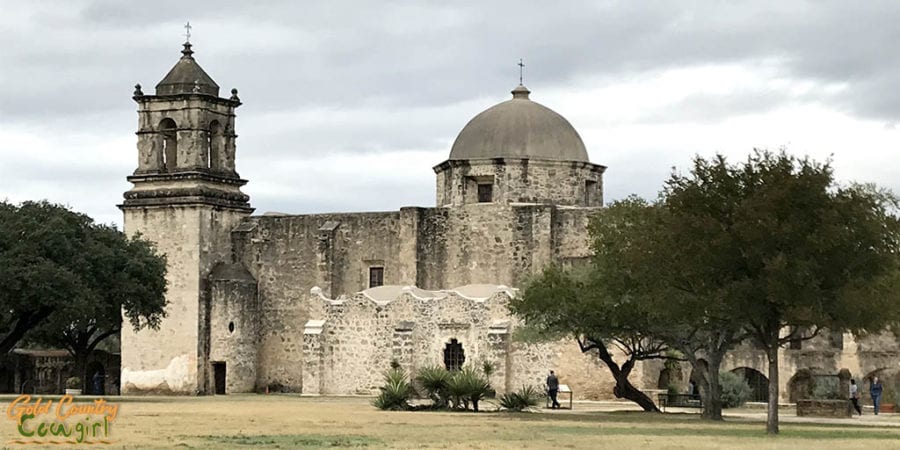
A grist mill was built at Mission San Jose around 1794 when the inhabitants began eating more wheat than corn.
During the 104 years it operated as a mission, prior to secularization in 1824, over 2,000 Indians were baptized. After secularization, the mission was neglected and went through many hands. In 1931, the Franciscans returned and live there today.
 This mission has a large visitor center with a gift shop and small theater. I saw an awesome film there about how the Indian and Spanish cultures combined.
This mission has a large visitor center with a gift shop and small theater. I saw an awesome film there about how the Indian and Spanish cultures combined.
I Missed Mission Concepcion on the San Antonio Mission Trail
This is the fourth mission I had planned to visit but I was having an issue with my ankle. It was becoming more and more painful to walk so I hobbled back to my car and headed to my RV park. I think I consoled myself with a DQ blizzard on the way. I don’t look at this as a site missed but rather a reason to return for another visit to the missions on the San Antonio Mission Trail.
Remember to tell me about the missions you have visited in the comments below.

Until next time…






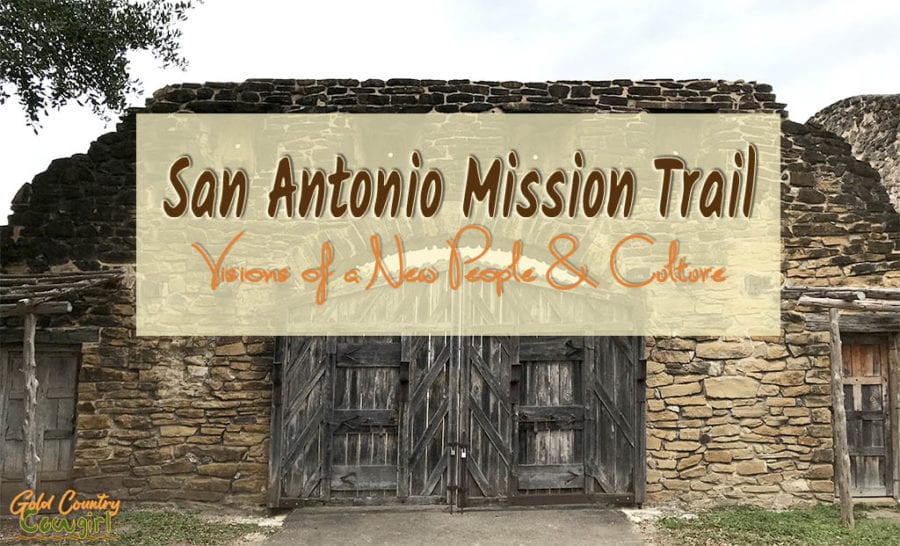
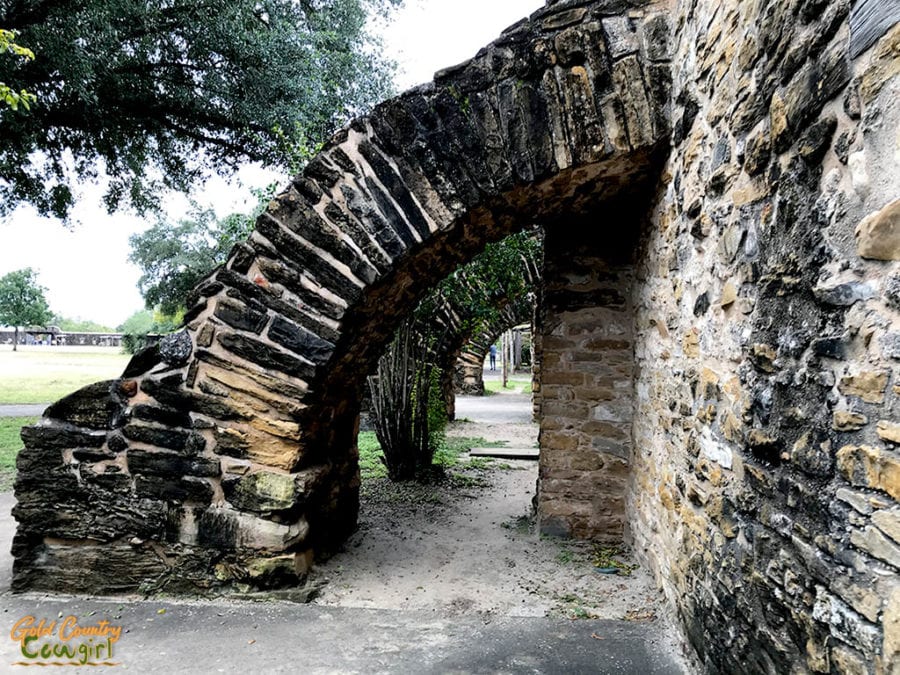

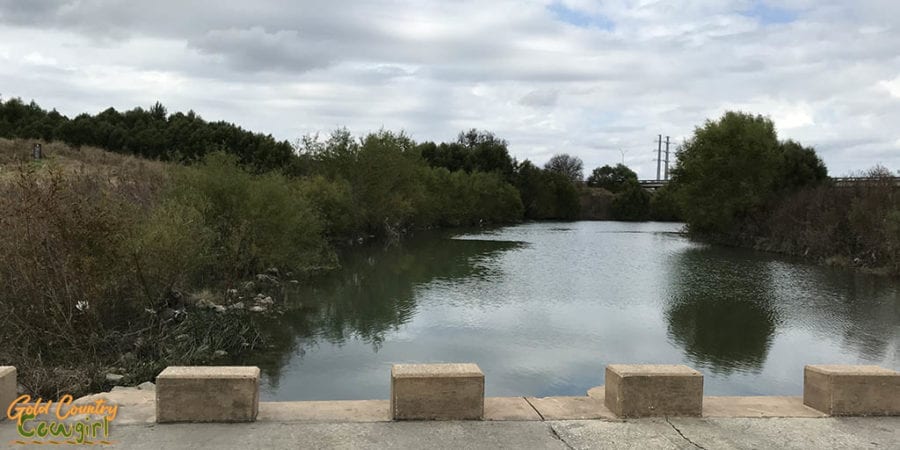



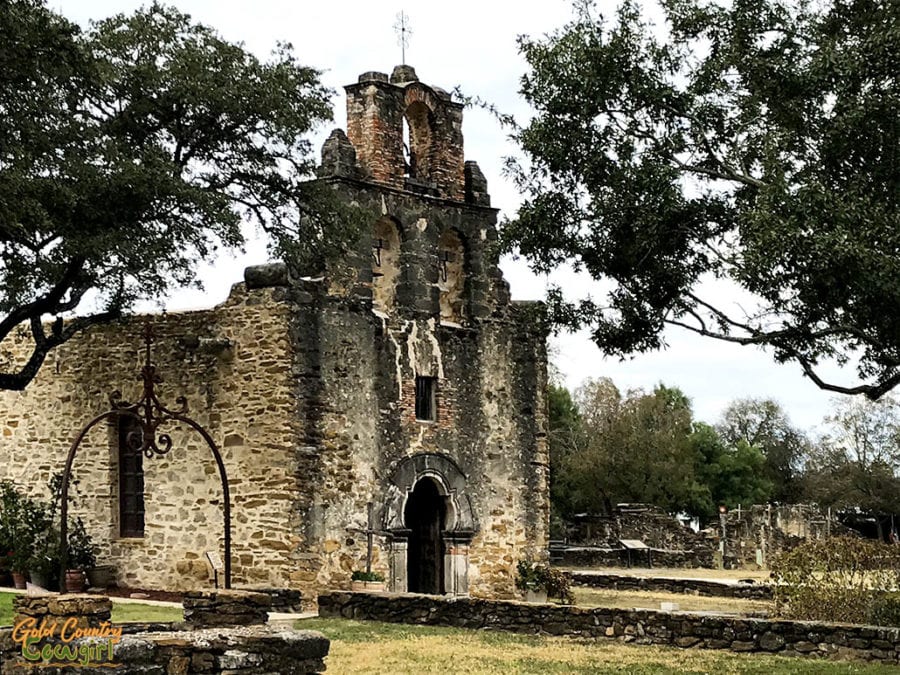
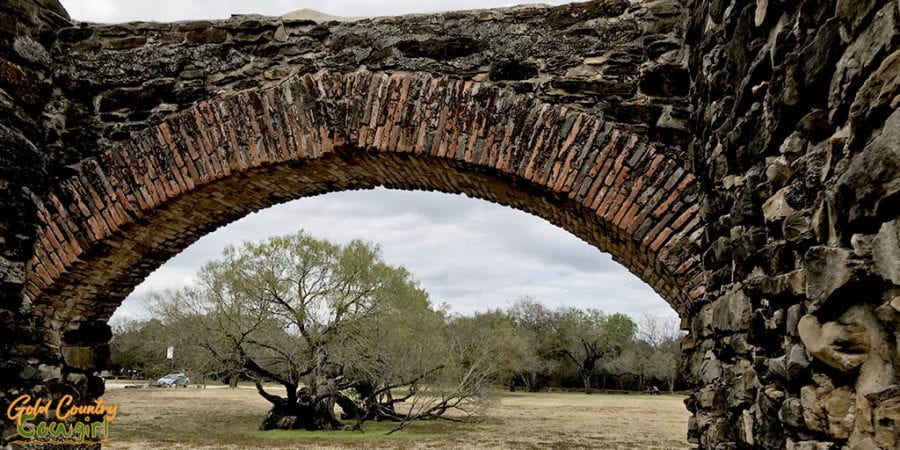
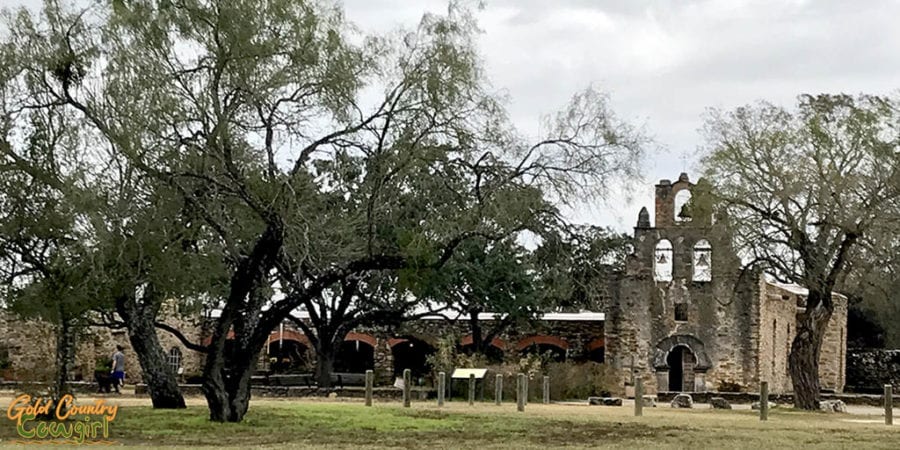
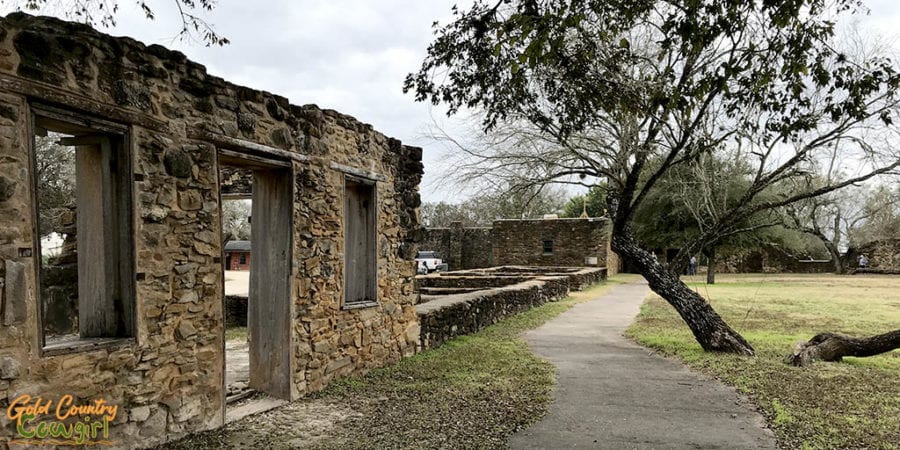
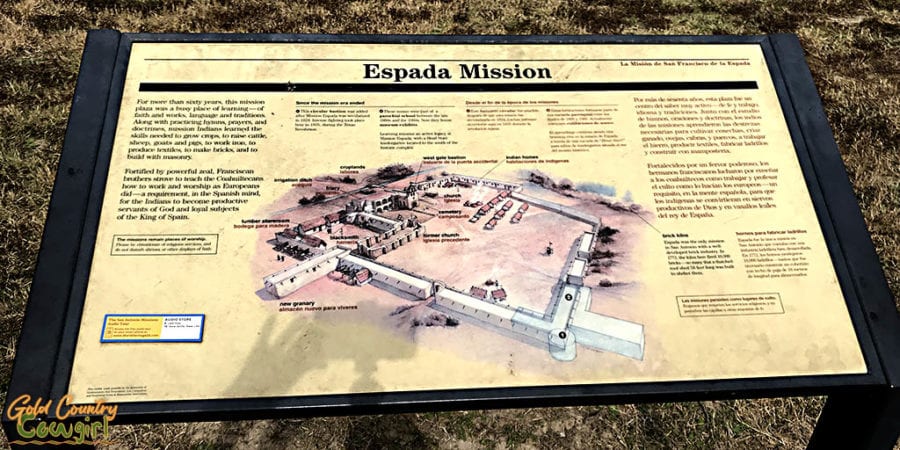
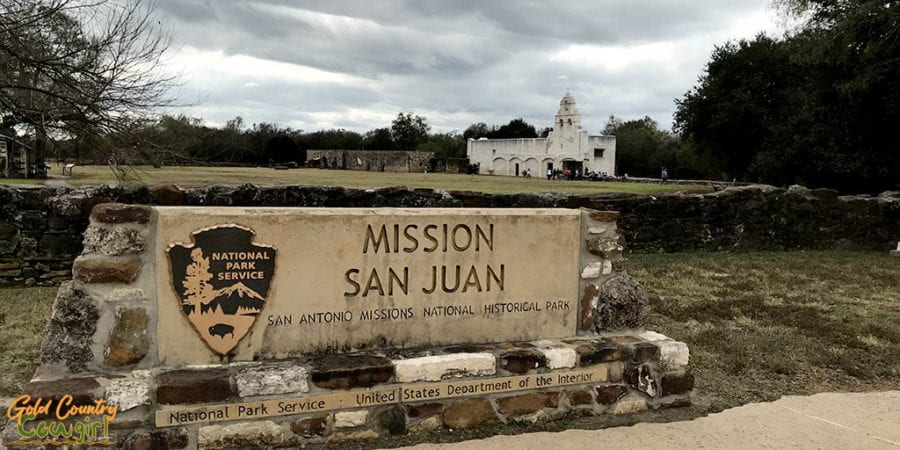
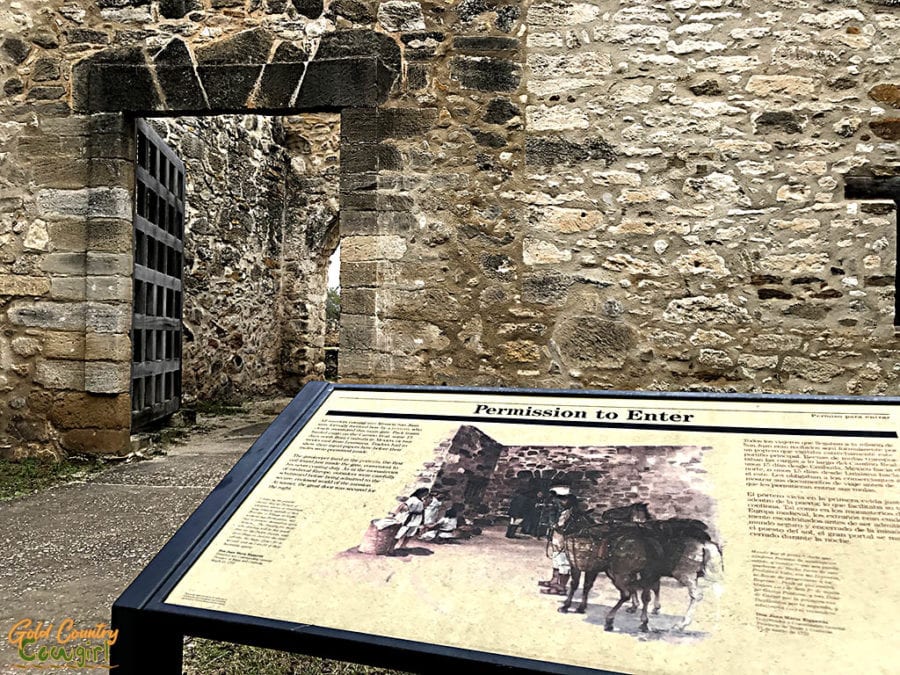
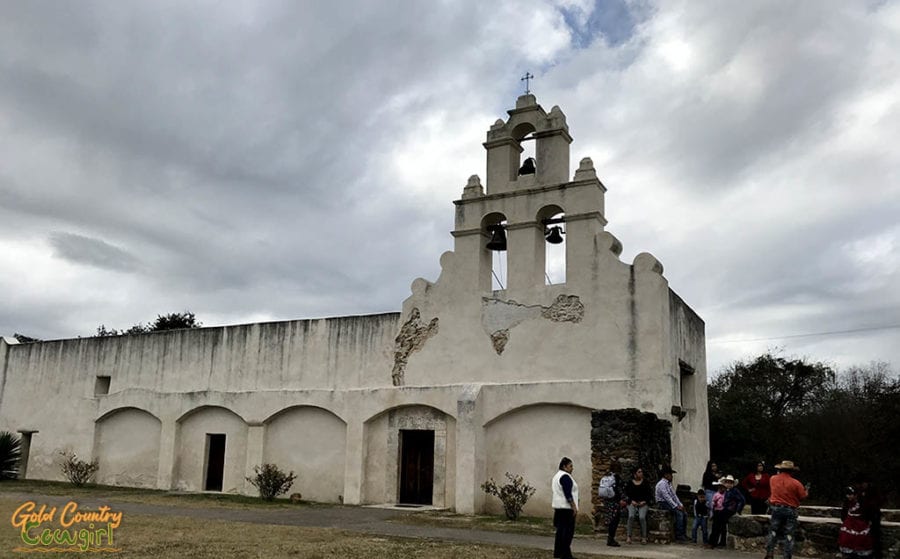
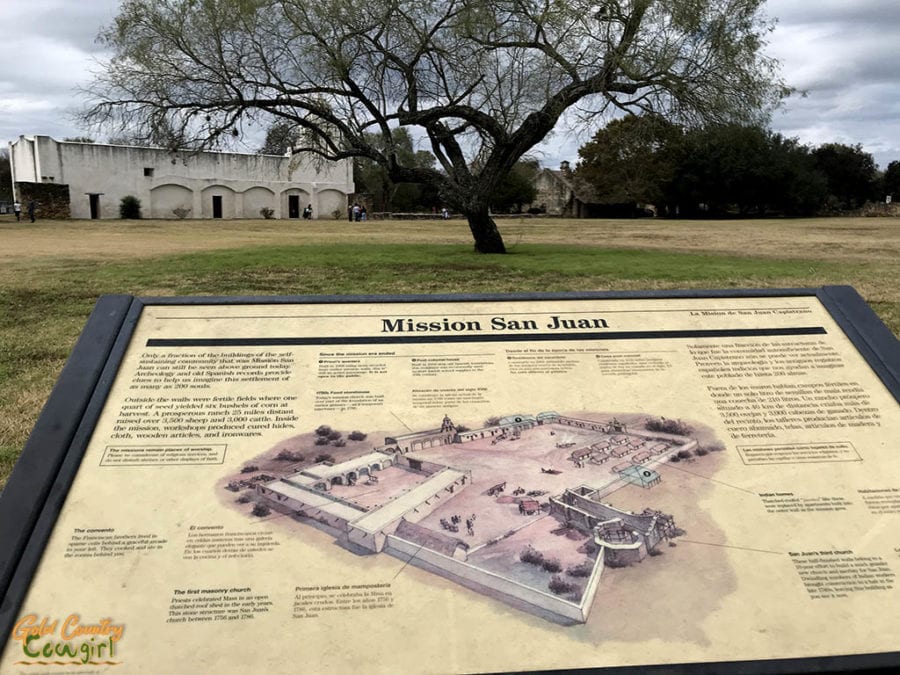
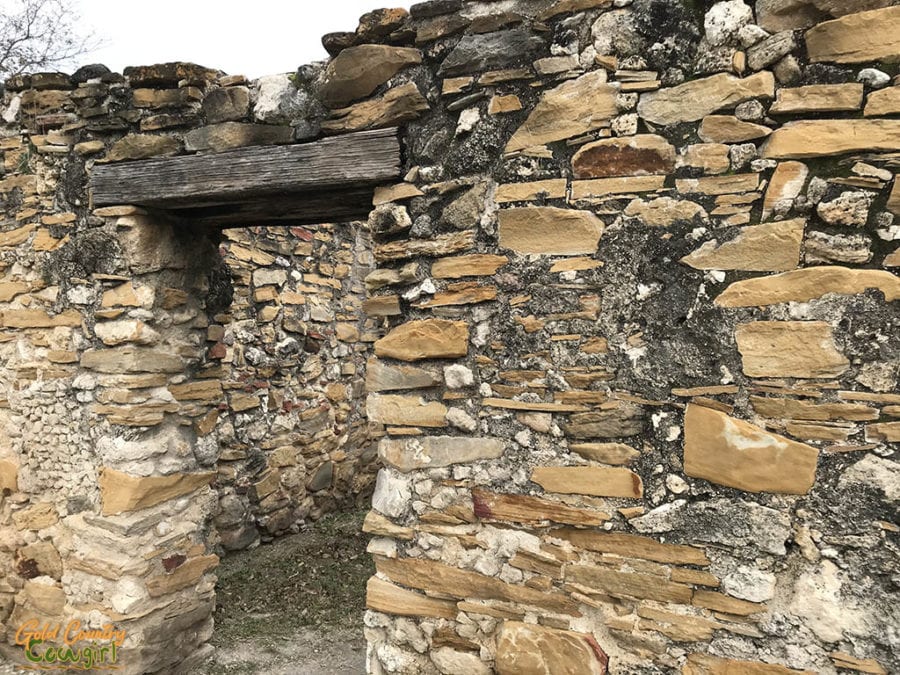
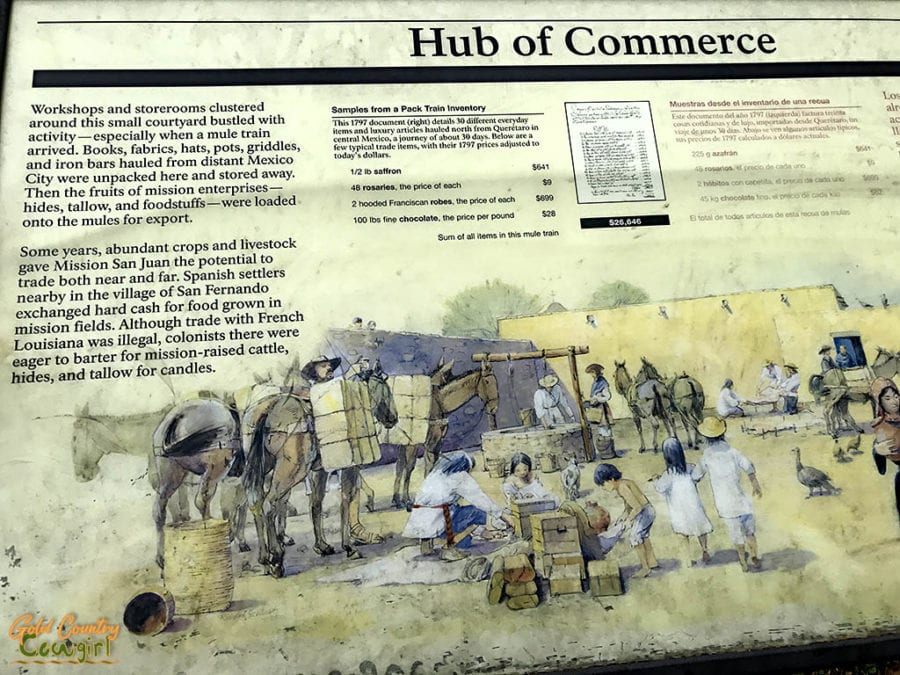

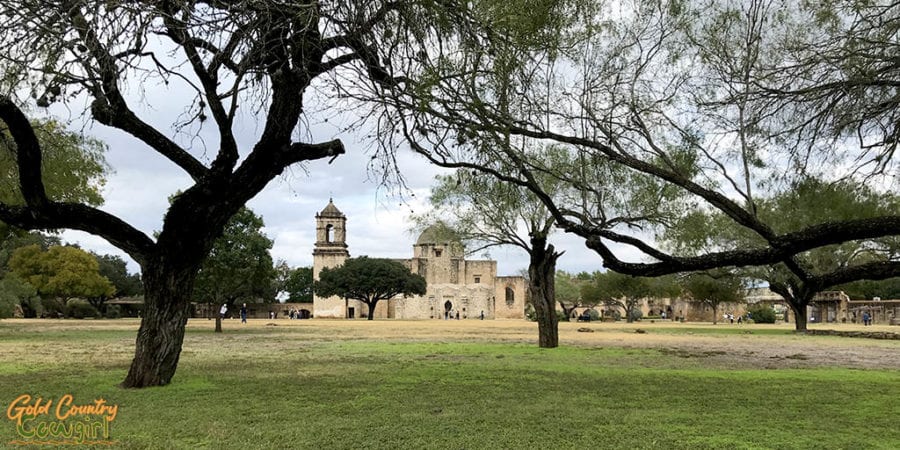
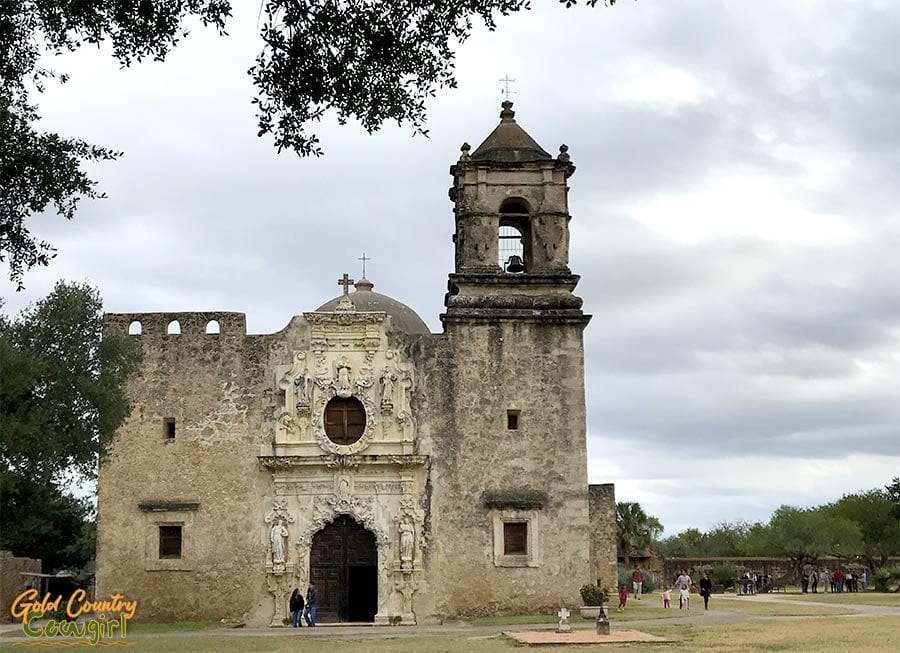
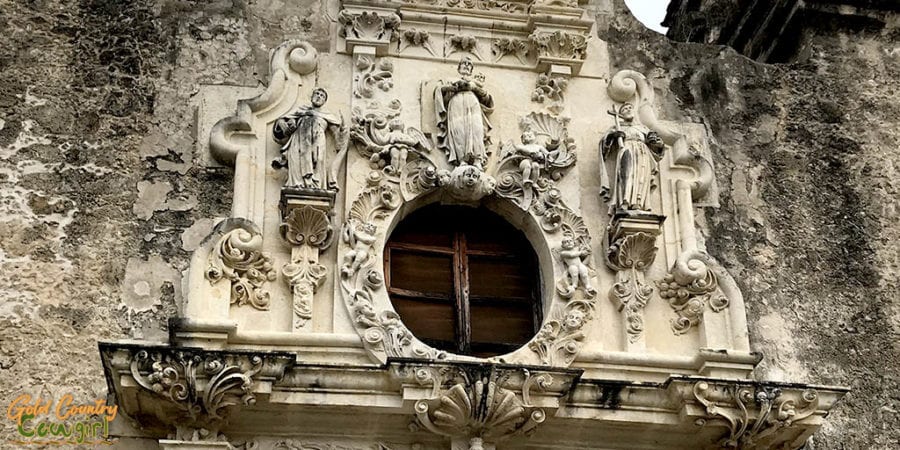
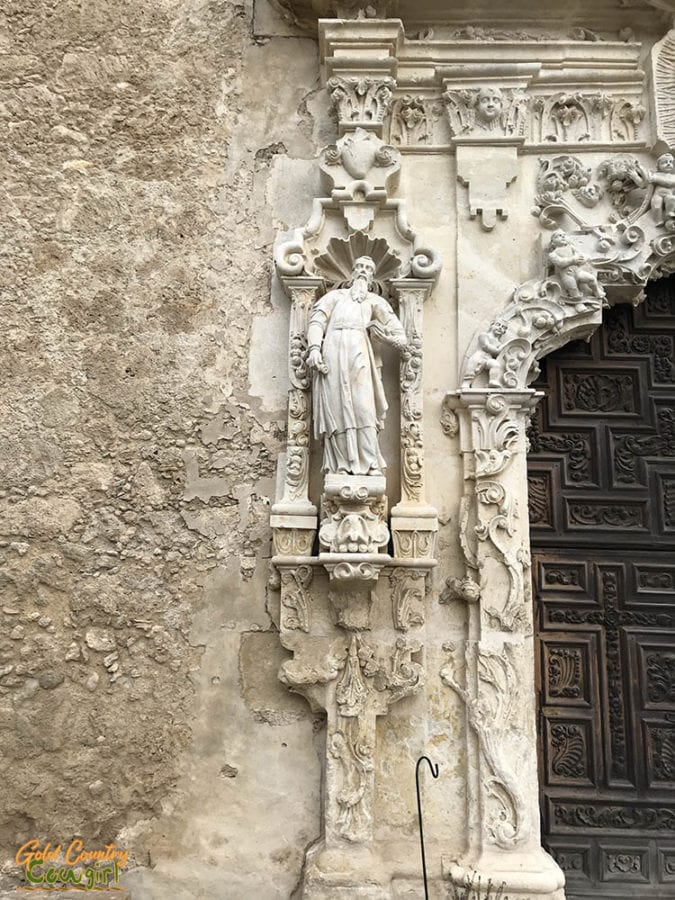
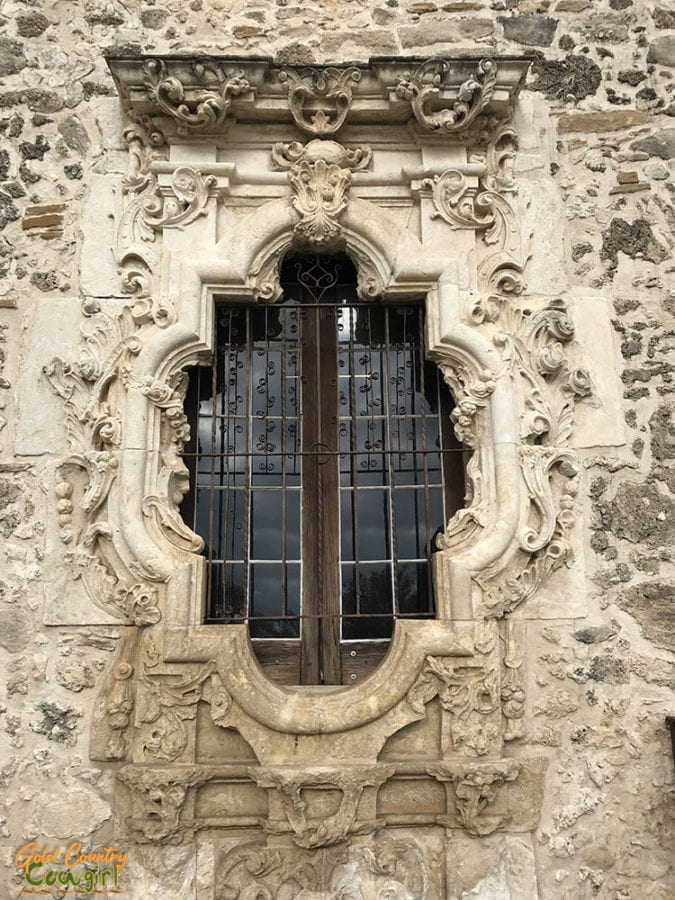
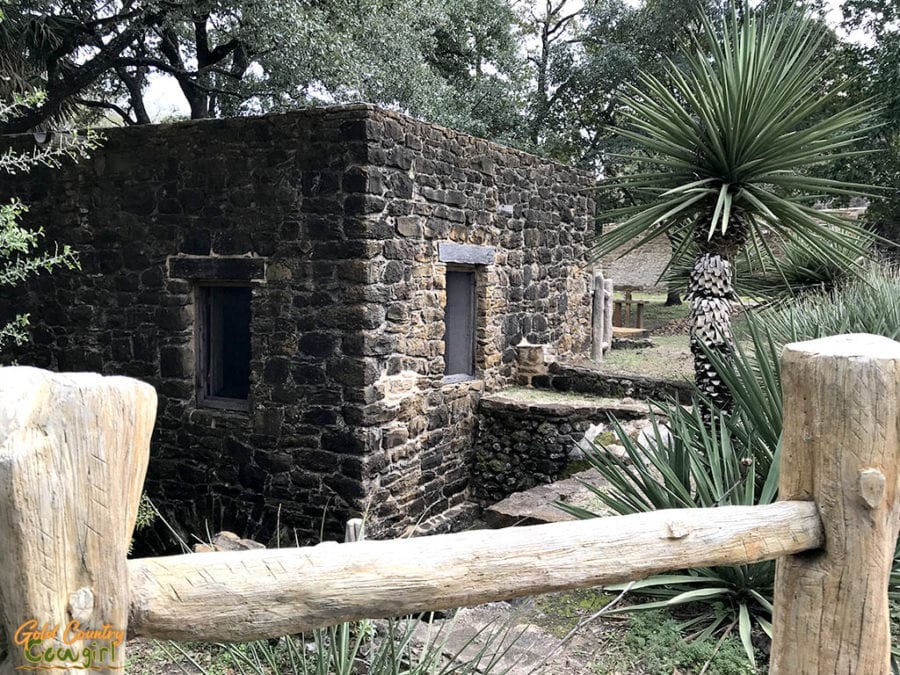
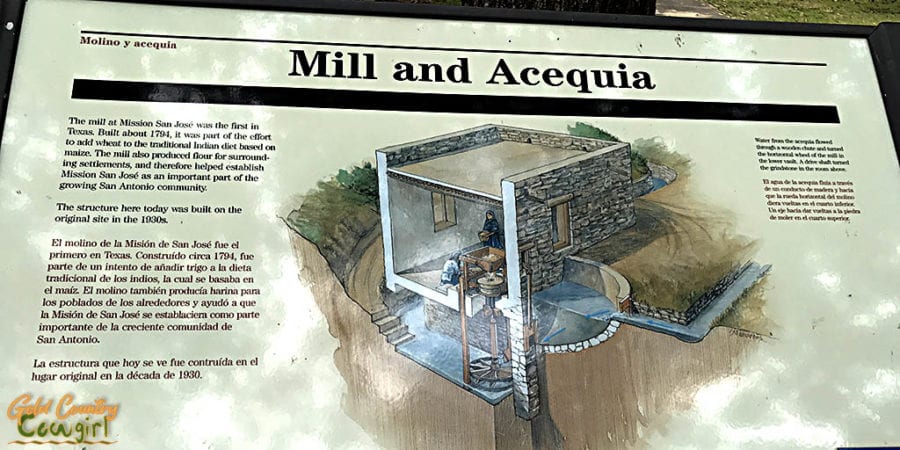
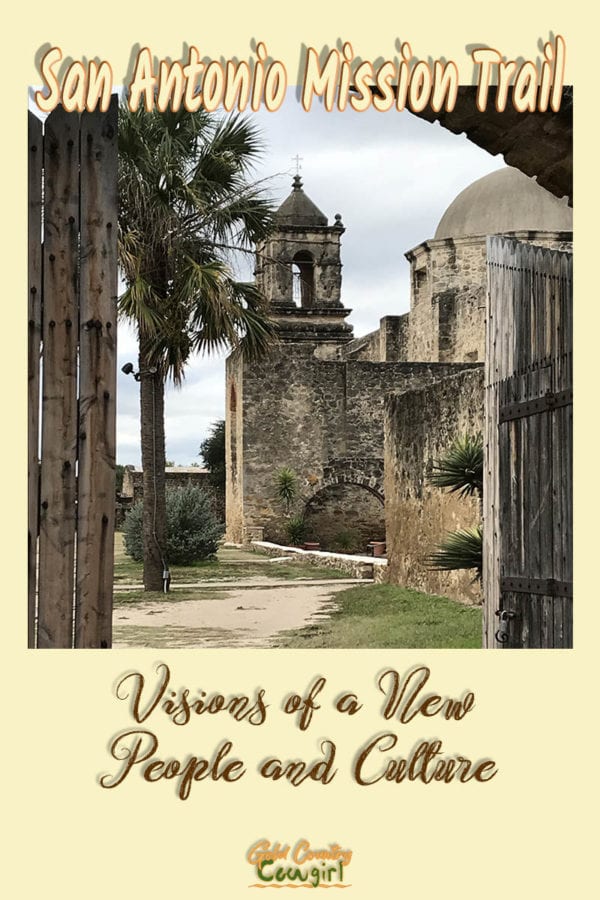
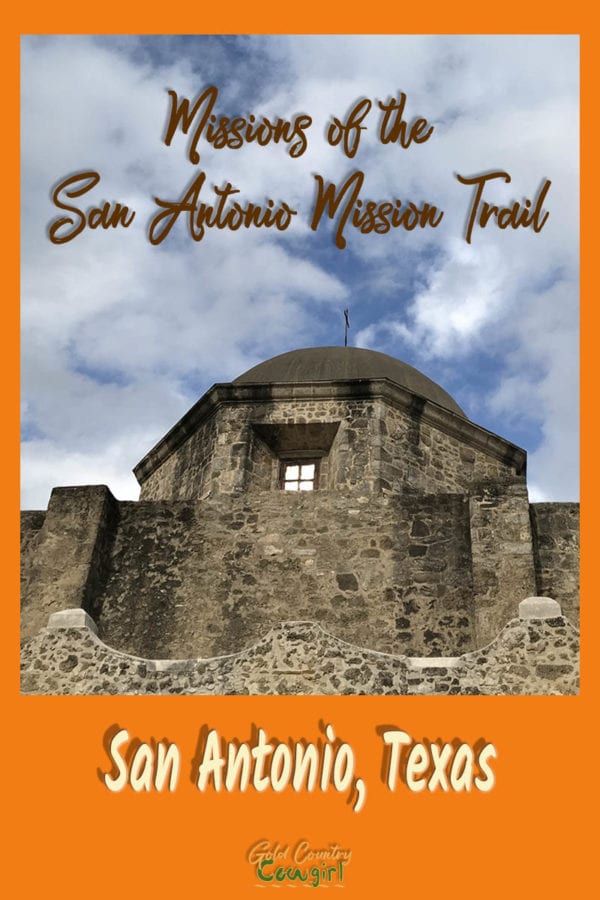
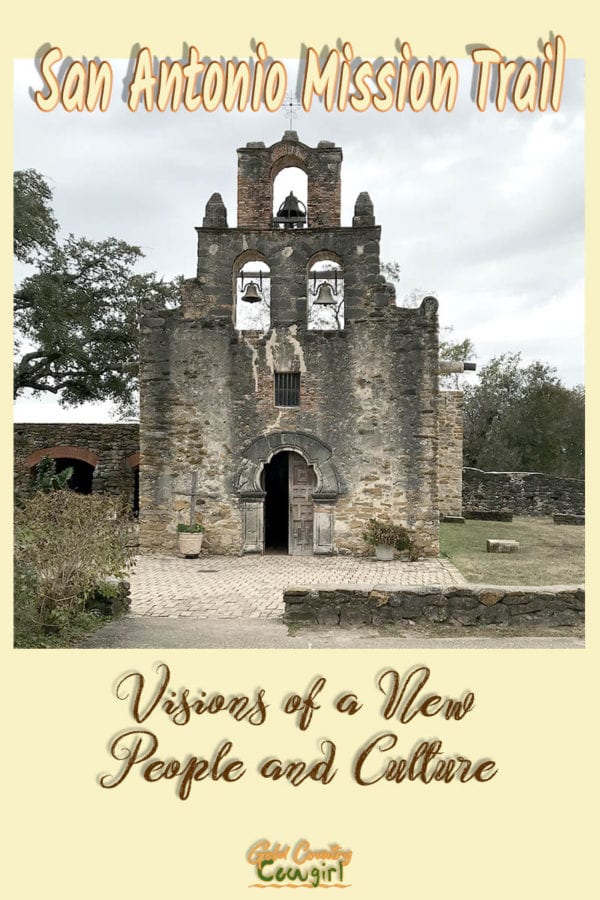















This looks so rad! It blows my mind that architecture like this happens with its carvings and freize!
I love visiting old missions, the stories are always so incredible. Your photos really bring it to life!
Happy New Year! ???
—
http://www.areweadultsyet.com
Pingback: Bucket List Things to do in Texas by Region | Gold Country Cowgirl
Pingback: San Antonio Riverwalk Downtown Reach - What to See and Do |